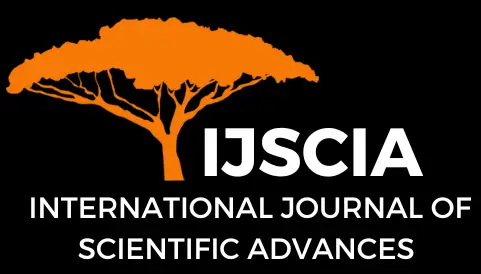The Role of Factor Angiogenic (VEGF) in The Development of Preeclampsia: A Literature Review
Ryan Sedjati Prakuswo1, Lina Lukitasari2*, Manggala Pasca Wardhana3
Abstract
Preeclampsia is a multiorgan disorder of pregnancy that affects about 2-8% of all pregnancies and is one of the leading causes of maternal morbidity and mortality. Preeclampsia occurs in 4.6% of the total 39 million pregnancies. The prevalence of preeclampsia varies in different countries, ranging from 0.4% in Vietnam, 0.015% in Finland, to about 2.9% in some parts of Africa. The pathogenesis of preeclampsia begins with the failure of the physiological transformation of the spiral artery, which causes the placenta to secrete antiangiogenic factors into the maternal blood circulation. Angiogenic factors, such as Vascular Endothelial Growth Factor (VEGF), play an important role in the process of blood vessel formation in the placenta. Angiogenic factors play a role in the pathophysiology of preeclampsia, one of which is VEGF. The literature regarding the association of VEGF with preeclampsia is still limited, so this study was conducted.
Keywords
preeclampsia; angiogenic; VEGF.
Cite This Article
Prakuswo, R. S., Lukitasari, L., Wardhana, M. P. (2024). The Role of Factor Angiogenic (VEGF) in The Development of Preeclampsia: A Literature Review. International Journal of Scientific Advances (IJSCIA), Volume 5| Issue 6: Nov-Dec 2024, Pages 1739-1742, URL: https://www.ijscia.com/wp-content/uploads/2024/12/Volume5-Issue6-Nov-Dec-No.799-1739-1742.pdf
Volume 5 | Issue 6: Nov – Dec 2024


